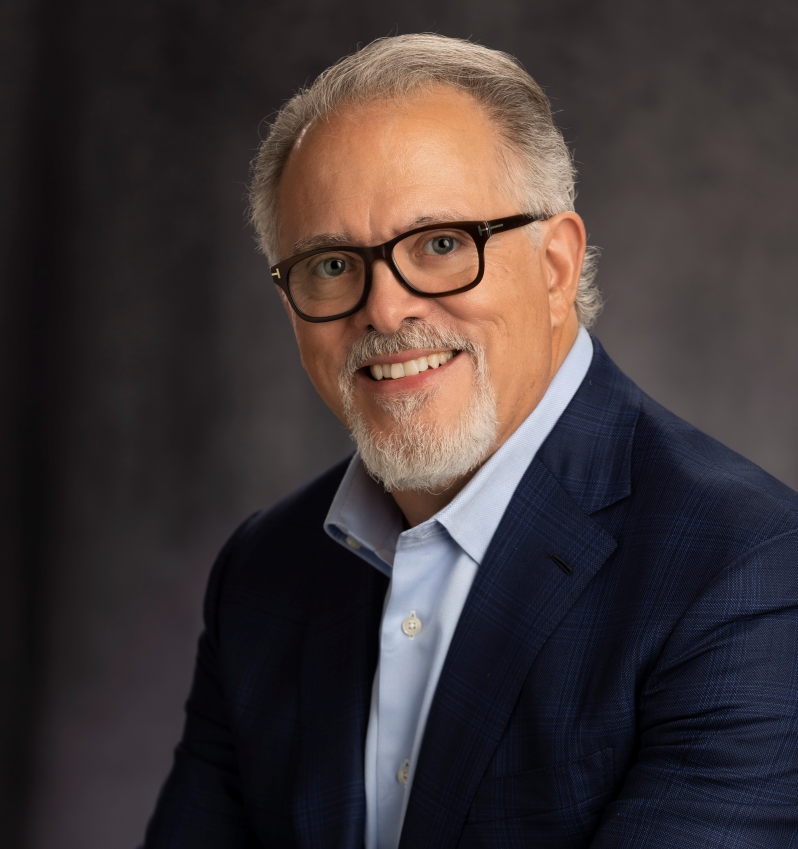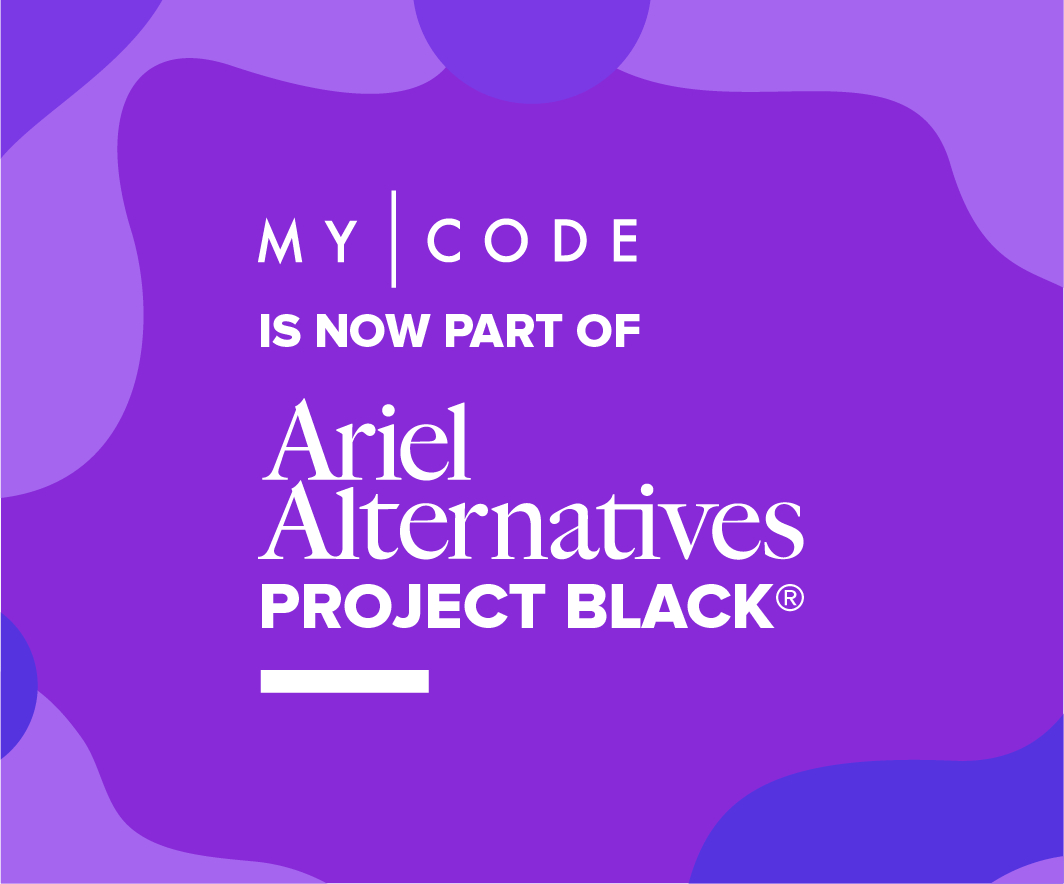HISPANIC MARKET OVERVIEW 2014 – InFocus Excerpts
Hispanic Market Overview 2014, presented by Lopez Negrete Communications, is now available via download at no charge to all via HispanicAd.com. We thank the more than 3,000 industry professionals who downloaded this year’s report within the first 24 hours of its release.
Due to the size of the PDF file, iPad and iPhone users have been unable to view the document. Therefore, AdamRJacobson.com will be offering select excepts from this year’s report in the coming weeks as a benefit to industry professionals.
We begin our series of excepts with a Q&A session from Los Angeles featuring Nielsen’s Stacie de Armas.
___________________________________________________________________________________________________
HISPANIC MEDIA MEASUREMENT
It’s hard to believe that Arbitron doesn’t exist anymore.
The venerable radio industry ratings company in 2013 entered into a merger acquisition
agreement with Nielsen, and on September 20 the Federal Trade Commission
approved its $1.26 billion acquisition of the Columbia, MD-based operation.
For Hispanic radio executives, the end of Arbitron means an end to complaints about
sample size, language preference, country of origin requests, and ways to ensure that
the PPM accurately measures Latinos’ exposure to AM and FM radio stations and their
respective audio streams.
Or does it?
Stacie de Armas, an Arbitron veteran who now holds the title
of VP of community alliances, events and engagement, at
Nielsen, agreed to a Q&A session conducted from her Los
Angeles office.
Here are some of the highlights of our discussion:
HMO: What is the biggest concern among your clients with
respect to Hispanic media measurement? Are they vocal in
seeking a single metric for their media buying and planning?
Or, is it about radio ratings, TV ratings, digital impressions, etc.
independently and their ability to capture Hispanic
consumers?
STACIE: Our clients and the market are enthusiastic about the changes that have come
to Nielsen Audio recently and the changes that are forthcoming. For example, in the
second half of 2013, there were improvements to adults 25-34 representation from a
special action plan implemented in summer 2013, and we have seen an average
proportionality index increase.
Equally important, Nielsen in the process of implementing an overall boost in PPM
sample size of approximately 7%; better sample representation of Hispanics and
African-Americans; and improved in-station monitoring of the PPM encoding system.
These improvements were requests that came directly from our clients and we are
pleased to be rolling them out.
HMO: Language preference and weighting, as a result of population changes, sent
some radio operators into a tizzy in some markets because it seemed a particular metro overnight went from Spanish-dominant to English-dominant. What is Nielsen Audio doing to educate the market on these adjustments?
STACIE: Annually, there is an update to language usage estimates for English-dominant
and Spanish-dominant Hispanics. The most recent one was in January 2014. There was
some movement in the Spanish dominant figures over the continental U.S. in the past
year, based on the most recent population estimates. Nielsen’s Measurement Science
organization has a dedicated group for creating and analyzing universe estimates, and
they are continually reviewing these figures to ensure they are reflective of the
population. Nielsen makes this data available to our subscribing clients for review in
applicable markets.
HMO: Is Hispanic radio still, in the minds of advertisers and/or operators, “Spanish-language radio”? At a recent industry conference there seemed to be no delineation between the two, which I find worrisome.
STACIE: We can’t speak for advertisers or operators, but we can say that we have begun to hear discussions about advertisers wanting to touch Latinos with ‘cultural relevance’. That is to say, that advertising that appeals to Latinos comes in many forms, including Spanish, English, and in a bilingual fashion. But cultural relevance is playing an increasingly important role.
Advertisers say that one of the most important elements of great creative targeted toward Latinos is that it resonates, has significant cultural relevancy, and can be delivered in any language. Having said that, Hispanics still listen to more radio than any other demographic group.
Nationwide, more than 93% of all Hispanics age 12 or older (or 40 million listeners) use radio every week. Regional Mexican has the largest share of listening among Hispanics.
HMO: What can you say with respect to Hispanics tuning to radio, and Hispanics listening to AM and FM stations via a digital or online platform? What are the exciting things we are seeing with respect to trends and growth?
STACIE: There is no doubt that Hispanics consume audio through a variety of platforms both over-the-air, and online via smartphones, tablets, notebook/desktop computers and digital car dashboards. It should be noted that Hispanics are adopting smartphones at a higher rate than any other demographics group: Nearly 3 in 4 Latinos own a smart phone.
Mobile phones, among other options, are heavily used to stream audio and video content. We know that 37 percent of Latinas stream audio on their phones. This is an exciting time for radio as they fine tune their various platforms to resonate with this key group.
HMO: With Arbitron’s absorption into Nielsen, the ability to look at Hispanic media consumption is stronger than ever. But have we reached a point where we must break out Hispanics who speak Spanish versus Hispanics who speak English on all reports?
STACIE: For many marketers, radio groups, television and cable networks and others, language usage and preference among Latinos is an important metric that we supply in most of our reports. Country of Origin information was added for Hispanic Radio markets in 2008 and can be found by subscribers in both the eBook and in software applications.
HMO







Recent Comments